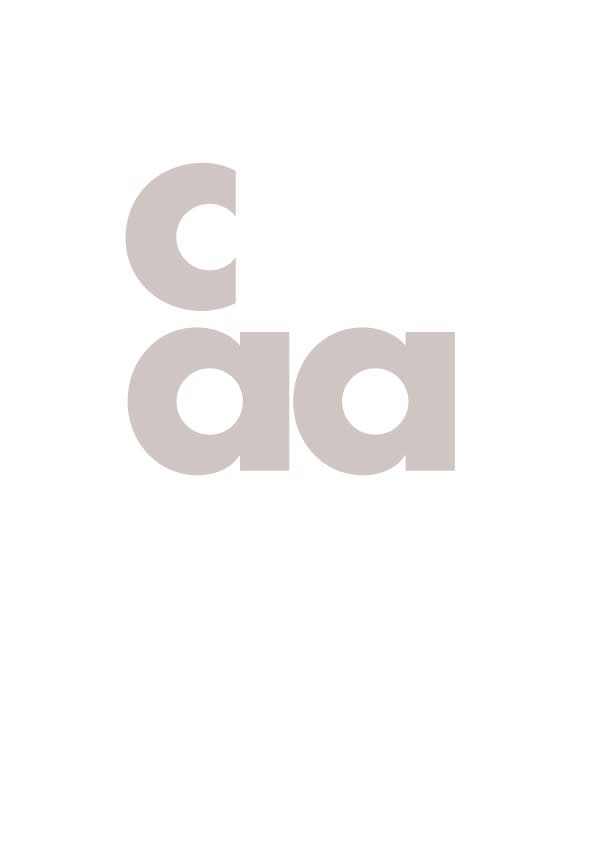Rod was born in Manchester in 1951. His father was an engineer and his mother a seamstress, so making things was something Rod had been introduced to at an early age. He went to a Technical school where woodwork, metalwork and technical drawing were part of the lower school curriculum and he went on to take metalwork and technical drawing at GCE ‘O’ level. After studying for a degree in metallurgy at Sheffield Polytechnic, Rod went on to work in subcontract heat treatment of metals in Manchester for six years. Understandably, lured by the clear warm water and his interest in scuba diving, Rod went to live in the Bahamas where he managed to get a job as a metalwork teacher, telling us: “I stayed there for five years before returning to the UK and retraining as a CDT teacher.” Rod went to work at the Axminster School, next door to Axminster Tools & Machinery. Even though he was a trained CDT teacher, his previous experience on a woodturning lathe amounted to 10 minutes instruction on how to use a skew chisel, during his teacher training course. An interest in woodturning began in 1997, when he went to the Yandles show in Martock, Somerset and watched Matthew Calder making large hollow forms. Rod thought he would like to have a go at making one: “I fastened a birch (Betula pendula) log to a faceplate on the Graduate lathe at school and with a home-made hollowing tool, made a hollow form,” Rod explains. “The shape wasn’t great and I made some basic mistakes, like trying to turn uphill, but it looked OK and I was hooked!” Influential turners Rod went on to watch Bert Marsh – who he says has had the greatest influence on him – demonstrating at the turning shop in Axminster Tools & Machinery on numerous occasions. Rod would watch and listen to Bert for three to four hours, then return home to his workshop and try to emulate what he had seen Bert do. Bert impressed on him that the form is the most important aspect of the turning, along with an immaculate finish, saying: “He was a delight to watch turn.” The last time Rod saw Bert demonstrate was at Strictly Woodturning in 2009, where he won first prize in the delegate’s gallery with a laburnum (Laburnum anagyroides) lattice bowl. Watching Bert and other visiting demonstrators, along with Keith Rowley’s book on woodturning, is how Rod learned to turn – with no formal tutoring from any woodturners at all. Rod comments that he soon left full-time teaching in 2002 to try his hand at being a professional woodturner.
He first became interested in woodturning when he watched Matthew Calder turning large hollow forms at Yandles show in 1997, and decided he wanted to have a go himself. Rod had access to a Graduate Lathe via his job as a teacher, so proceeded to turn a birch log into a hollow form.
Rod learned by reading books on turning and watching Bert Marsh, Phil Irons and Ray Key amongst others, demonstrating at Axminster Power Tools shop in Axminster.
He left full-time teaching in August 2002 to devote more time to woodturning, teaching part-time and turning part-time.
Rod was accepted onto the Register of Professional Turners (RPT) in October 2010 and became a full time woodturner in August 2011.
When he first started turning, Rod wanted to make hollow forms, believing ‘the larger, the better’. Once he felt he had mastered hollow forms and his success rate had improved from around 40%, closer to 100%, he was turning a large holm oak (Quercus ilex) burr, which he made a little thin around the neck and produced a hole. “I realised,” Rod tells us, “that it looked better with the hole in, so the Holm oak (Quercus ilex) burr hollow form 340 × 200mm next time I made one I left much more of the surface undulations in place to produce roughedged holes where I broke through.” This led to the creation of natural-edge hollow forms, such at those shown here, where the entry hole cannot be seen. Rod entered this piece in a competition and came second. He realised that to do better, he needed to be more innovative. He explains: “I had seen some coarse turned, ‘broken through’ lattice pieces produced with an Arbortech cutter and wondered whether I could produce something more reminiscent of Hans Weisflog’s ‘broken through’ turnings using a router.” The next competition Rod entered, he won first prize with a lattice bowl and has been refining the equipment and the techniques used since that time. Now, Rod makes all types of turning from commercial items, such as onions, light pulls, earring stands, table lamps, fruit bowls and hollow forms, to more elaborate lattice work.



